
第二天早上,在Marriott吃了豐富的早餐後,我們精神奕奕地出發。這次採水路,坐長舟沿著梅林瑙河往其上游的風洞和清水洞,途中參觀本南族的聚集區和當地的手工藝品市集。本南族原是姆魯一帶的少數民族,生活在原始森林裡,屬於游牧民族。每逢農耕換季和家族裡有人離世,就搬遷一次。1976年,政府為保護姆魯國家公園範圍內的原始生態環境,把本南人勸遷到政府規劃給他們的區域,開始定居生活。在打獵和遷農的活動被拘束後,本南人多進了國家公園和旅遊業服務,或在接受教育後離鄉背井到城市裡去工作。本南人的聚集區以老人、婦孺居多,來姆魯的遊客都會來參觀並買些手工藝品讓他們增加生活補貼。在姆魯國家公園的成立和現代文明生活的衝擊下,本南人已喪失了他們的傳統生活方式,從居無定所到不屬於他們原有文化的長屋,再過三、五十年會不會連本南語和本南習俗也消失了?
The next morning, after buffet breakfast at Mulu Marriott Resort, we continued our journey to Wind Cave and Clearwater Cave. We were travelling from Marriott to the caves, following Melinau River to its upstreams by long boat. On the way, we visited Penan Settlement and its traditional craft market. Penan people used to have nomadic culture, moving from one to another place in the nature forest. In 1976, the goverment started to protect the area of Mulu National Park, thus, Penan people had to leaving their forest and moving into the Penan Settlement or outside of the national park area. Insteads of hunting and planting here and there in forest, they are staying at long houses which are never been a part of their culture. They learn to have modern lifestyle, start to work in the national park or in tourisum. Their young generation is well educated and some of them move to cities to have even better life. When visitiors come to Penan Settlement, they meet modernized Penan people which most are old people and kids. Buying their handcraft may support their financial a bit, but it’s still a sad story to see how their culture is vanishing in this modern world.

從左下角的Marriott出發,沿著梅林瑙河往上游走到右上角的風洞和清水洞。
Leaving from Marriott at left bottom side, following Melinau River to Clearwater Cave and Wind Cave at right top side.

Marriott酒店門口前的鐵橋。
The bridge to the entrance of Marriott Resort.

在Marriott的碼頭上船。
On board at the jetty by Marriott Resort.


出發。
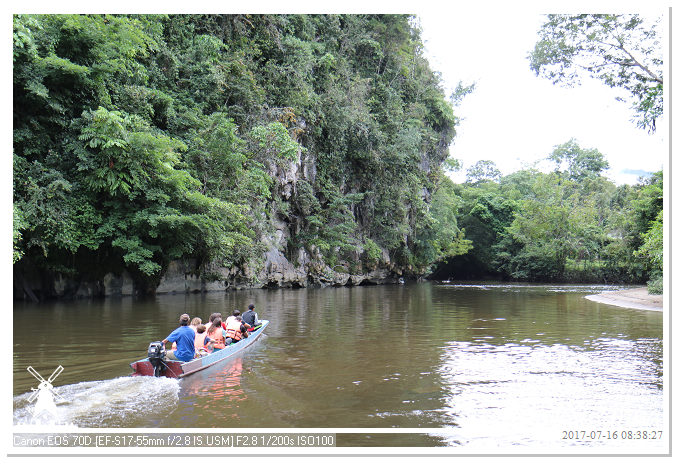
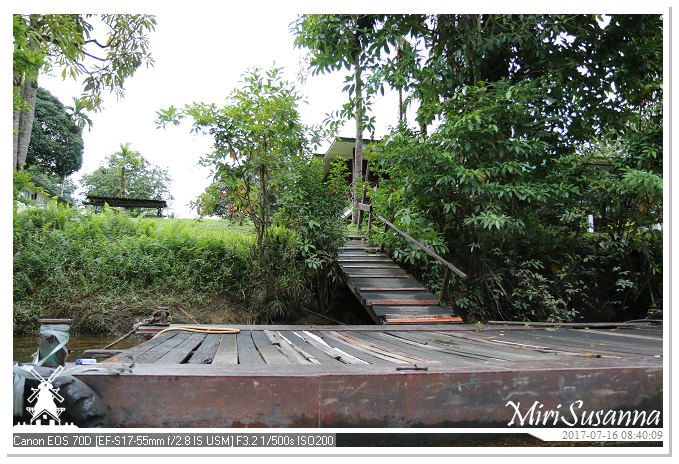
來Marriott對岸的Benarat Lodge接荷蘭來的一家四口。
Pick up a Dutch family at Benarat Lodge (at opposite of Marriott).

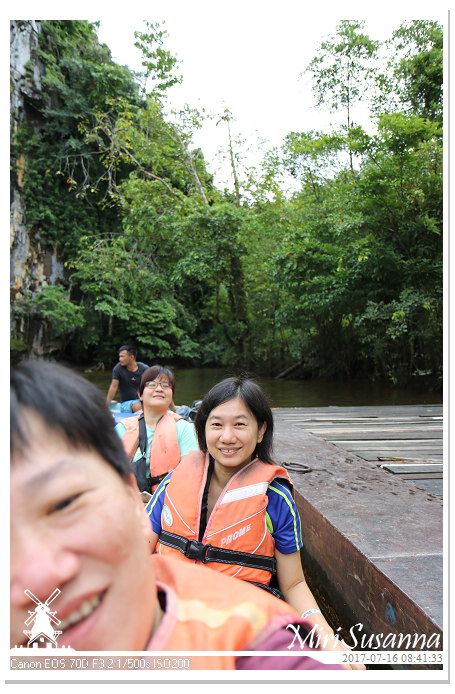
等人中,來看看這廣角能不能自拍一下。
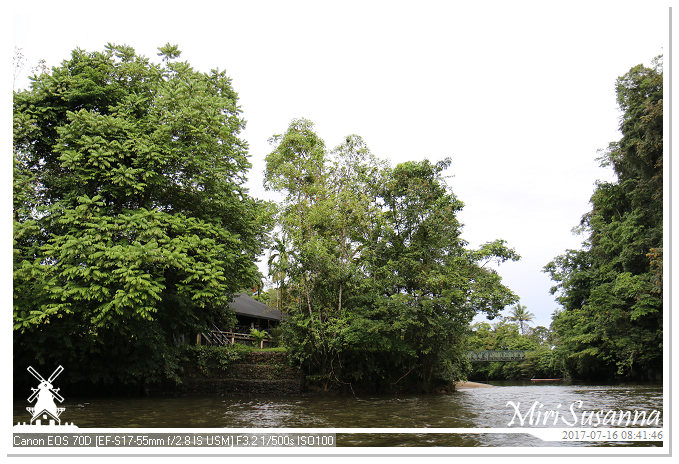

對岸的Marriott。
Marriott Resort at opposite.
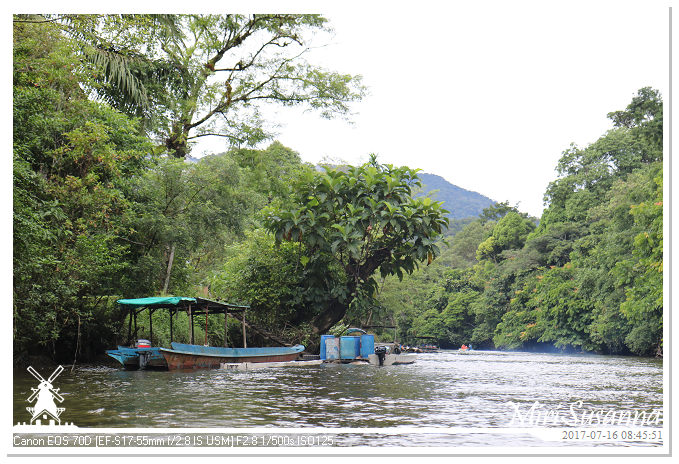
人齊了,開始往本南人聚集區。
Heading Penan Settlement.
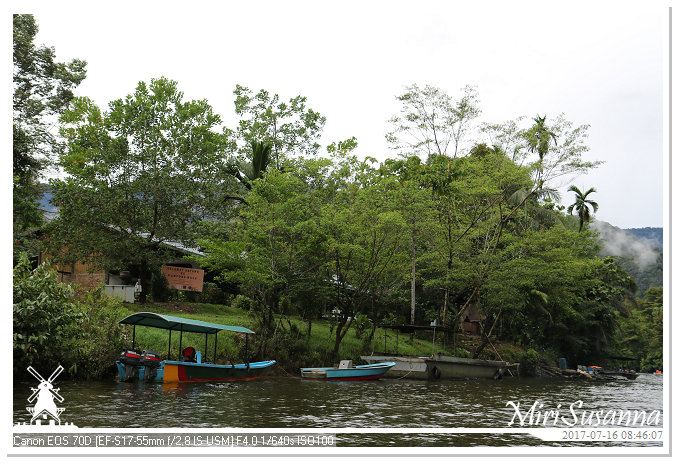
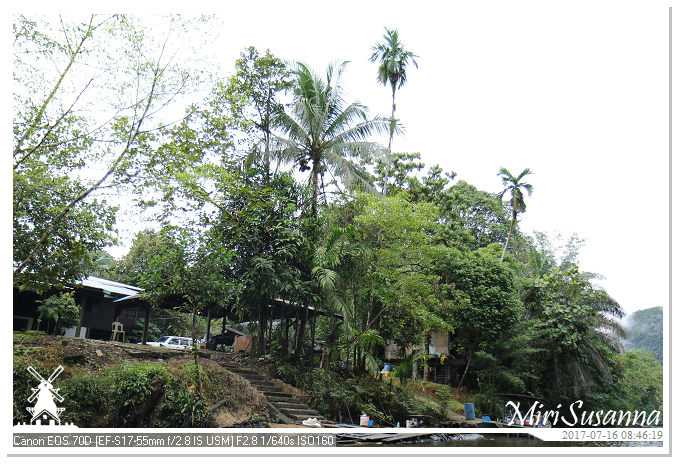


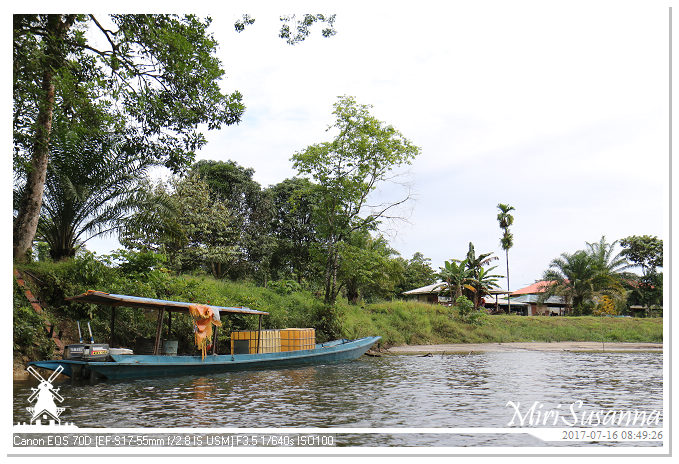

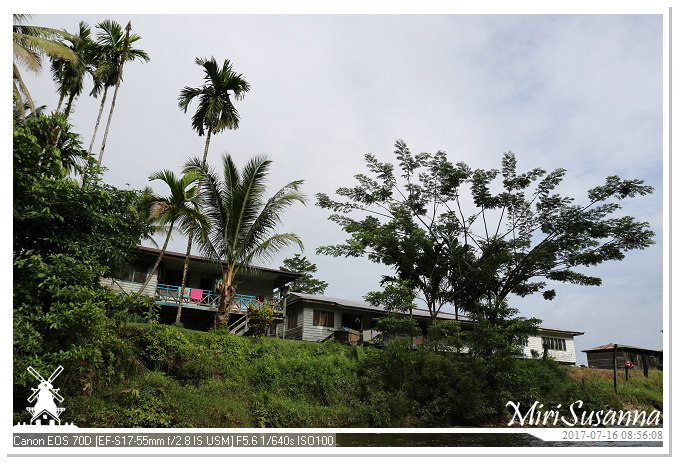
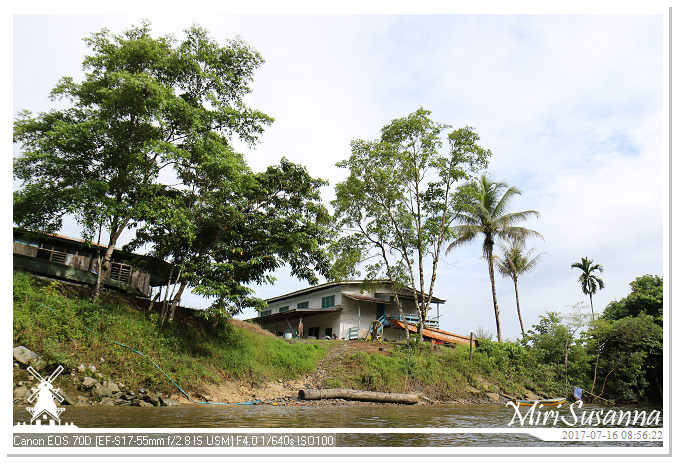

昨天去過的姆魯國家公園辦事處旁的小碼頭。
Jetty at HQ of Mulu National Park where we entered the park yesterday.
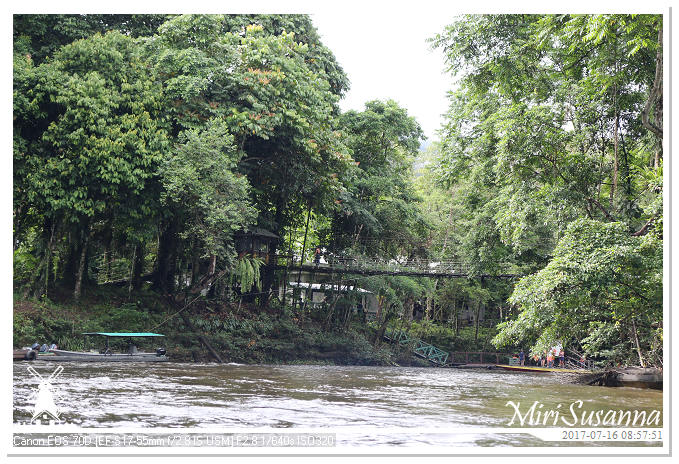
昨天走過的吊橋。
The suspension bridge that we passed yesterday.
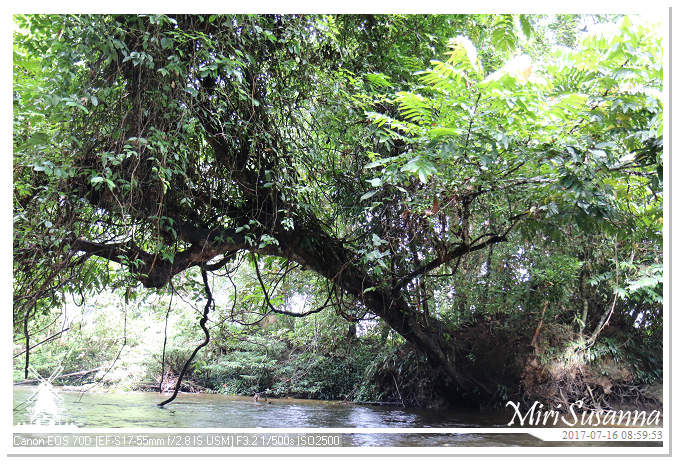
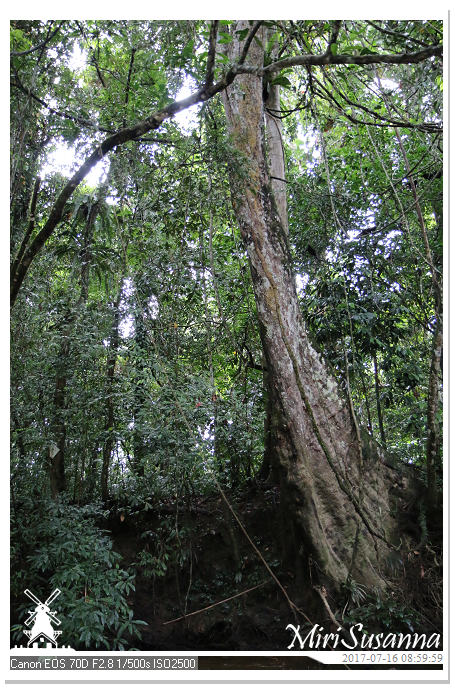

淺灘。
The river bed is rocky and shallow.
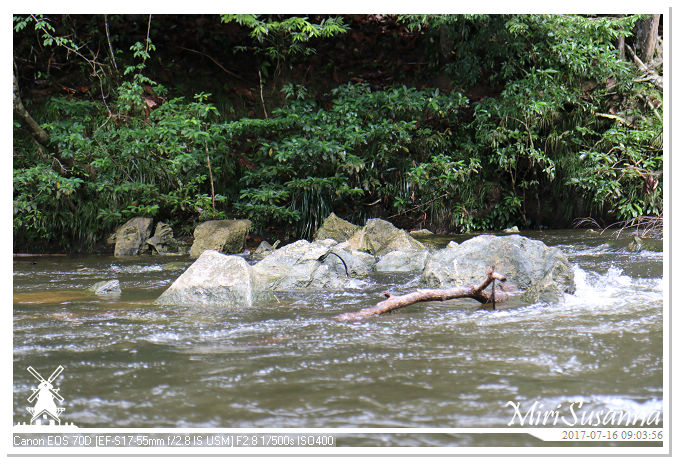


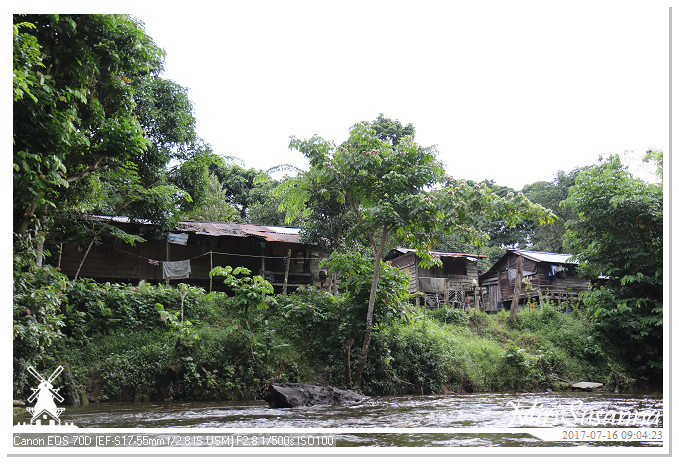
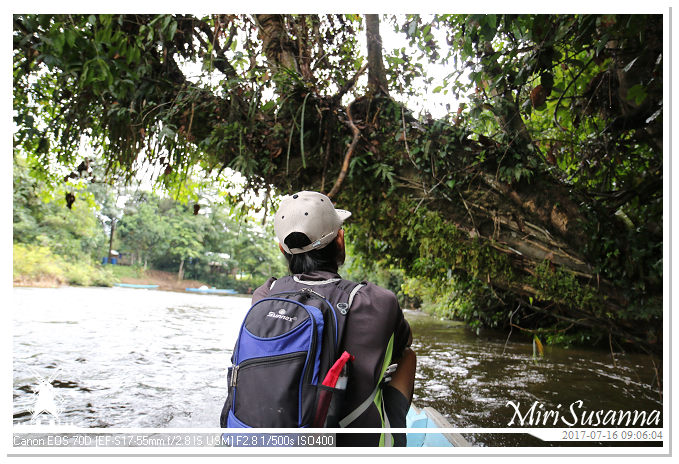
我們的導遊Ah Ting坐在船頭指路。
Our guide Ah Ting sat at front.
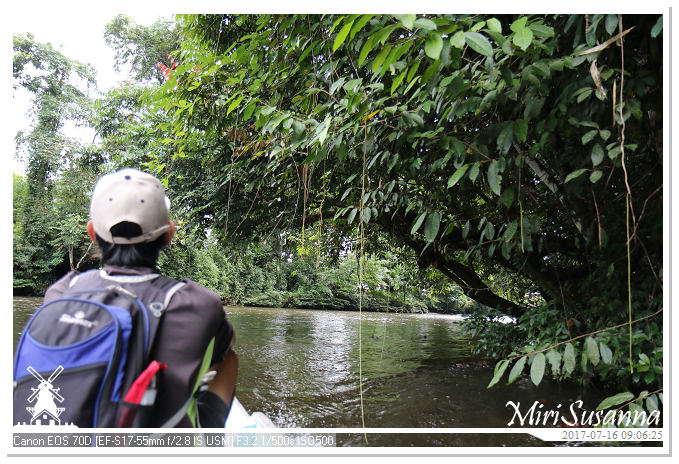

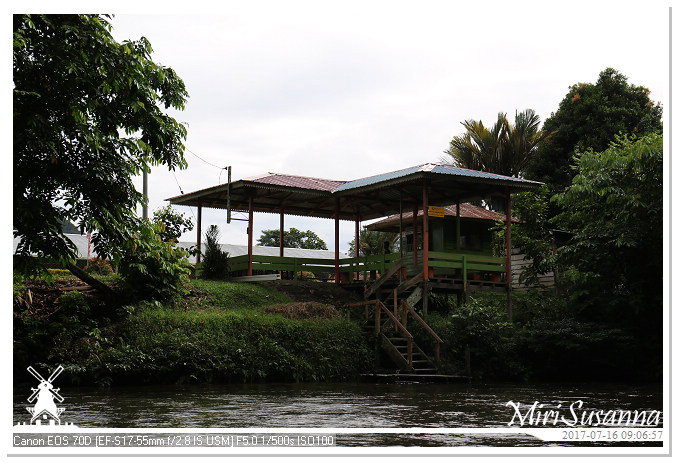

來到本南聚居區了。
Arrived Penan Settlement.

長舟都用柴油,鏡頭前灰藍色的一片就是柴油摩多的油煙。


上岸了。
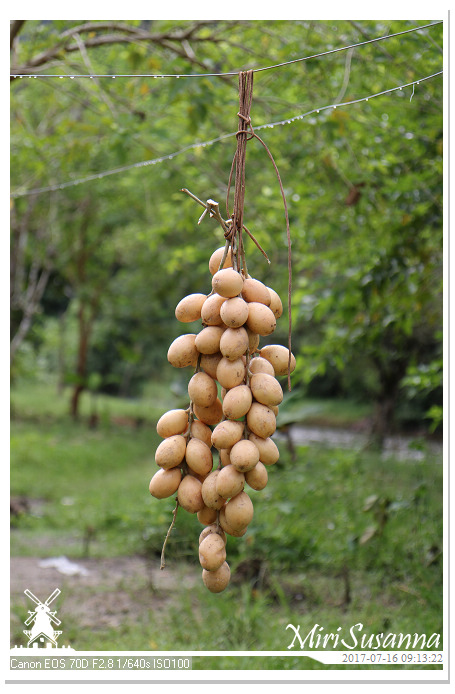
這是langsat嗎?
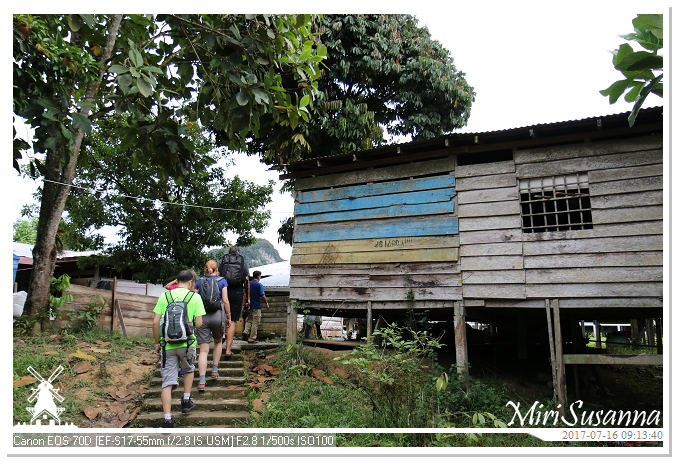
Walking toward the local market.
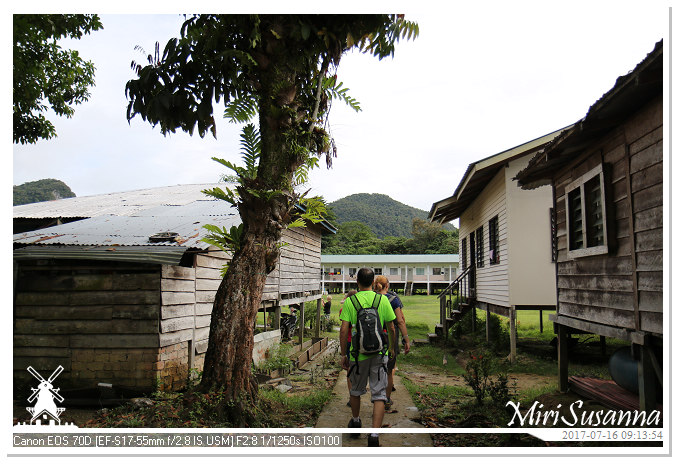
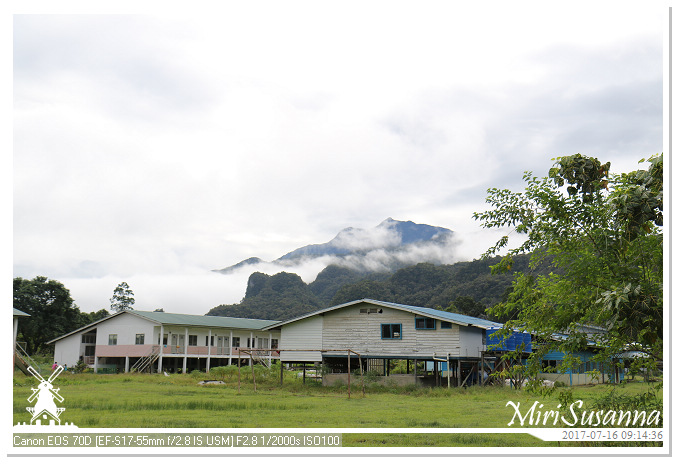
Gunung Api, or Mount Api (api is fire in Malays).
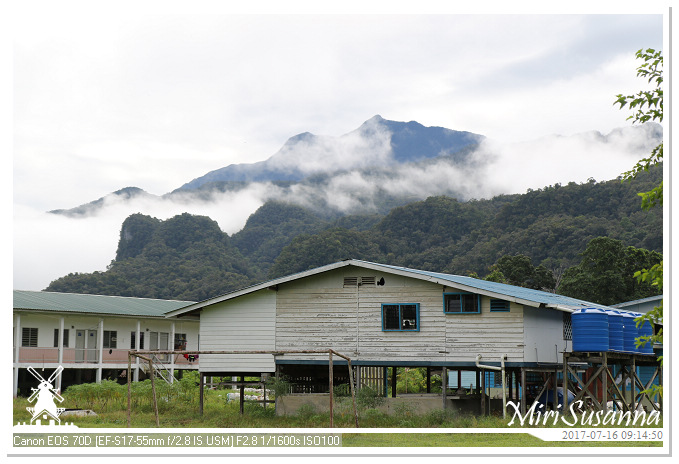
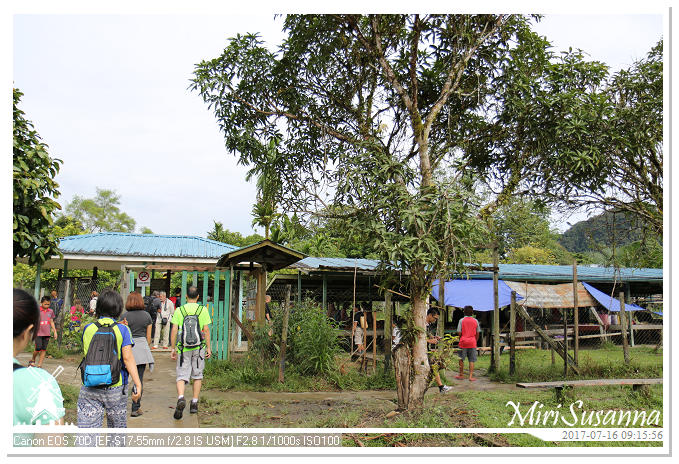
手工藝品市集。
Handcraft market.
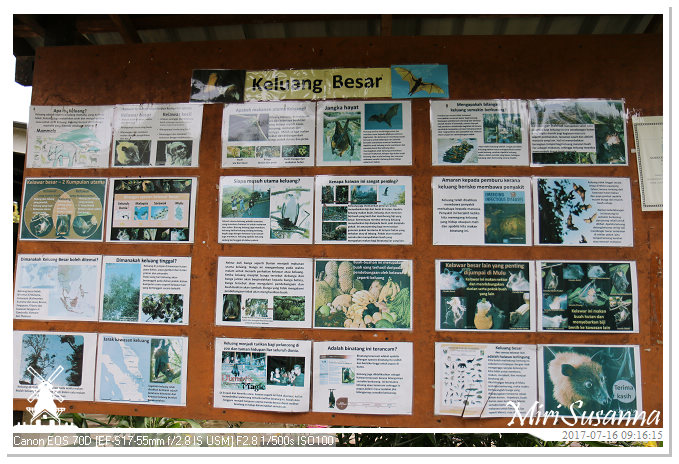
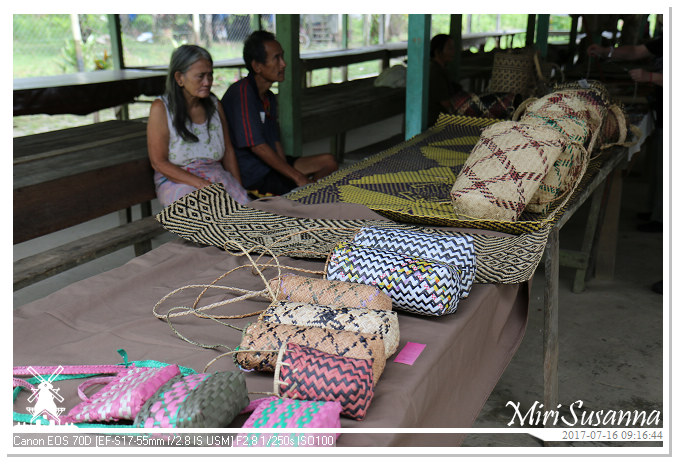

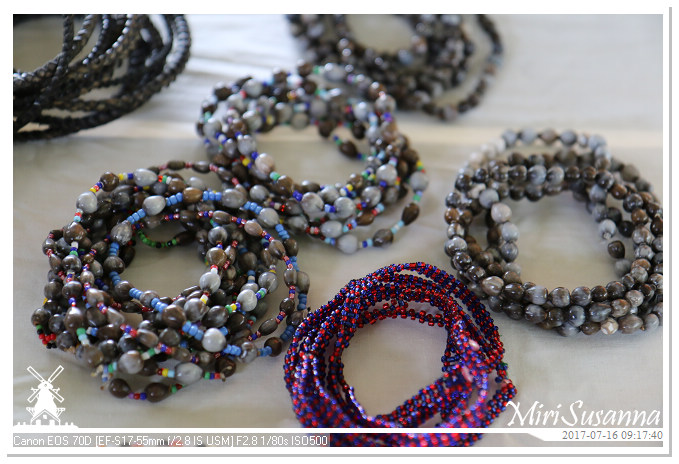

彩珠和樹仔串成的飾品。


木雕。


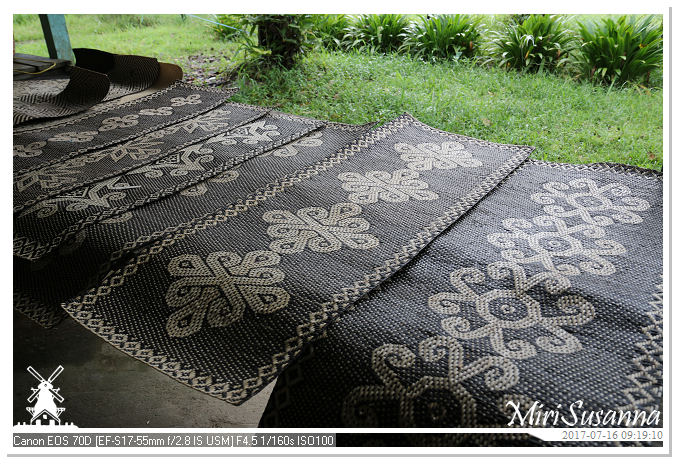
蓆墊。
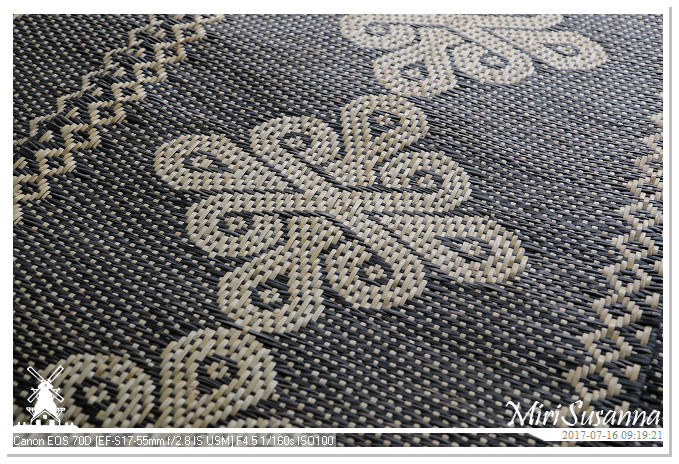
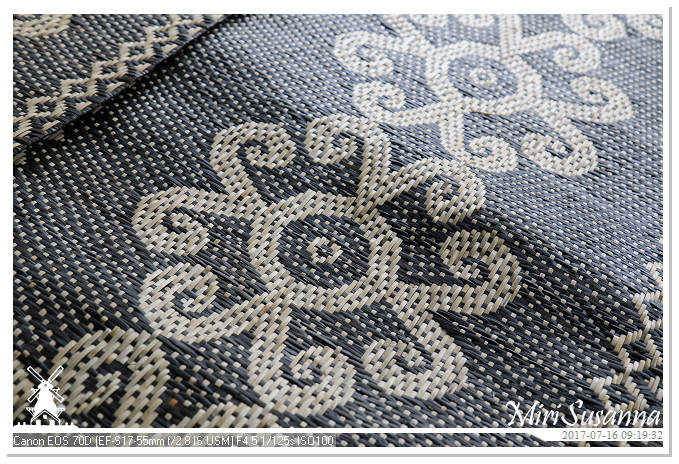
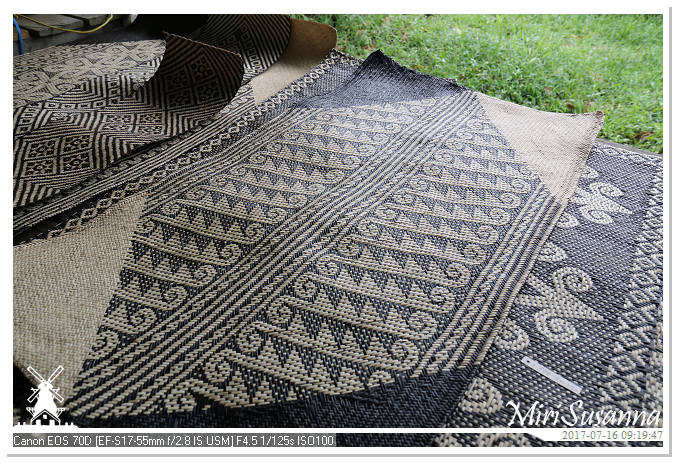

早年英殖民時期也把基督和天主帶到了深山野嶺裡。

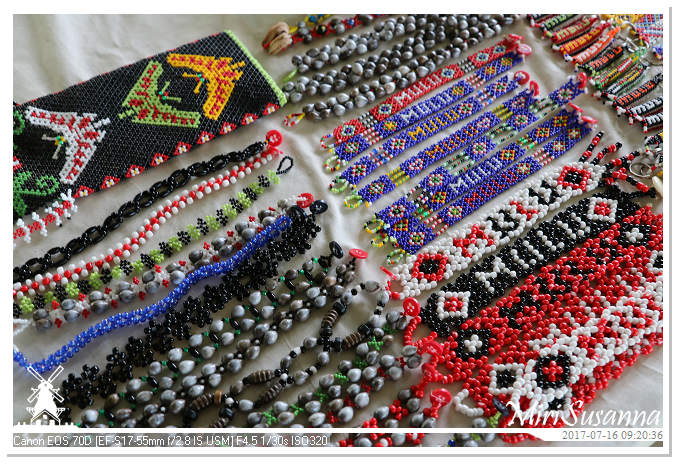


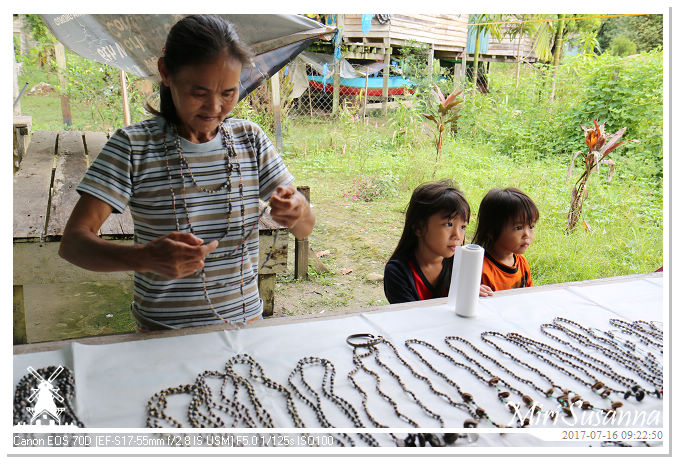
跟最後一檔的本南婦女買了條項鍊給婆婆。
Bought one for Bart’s mum.

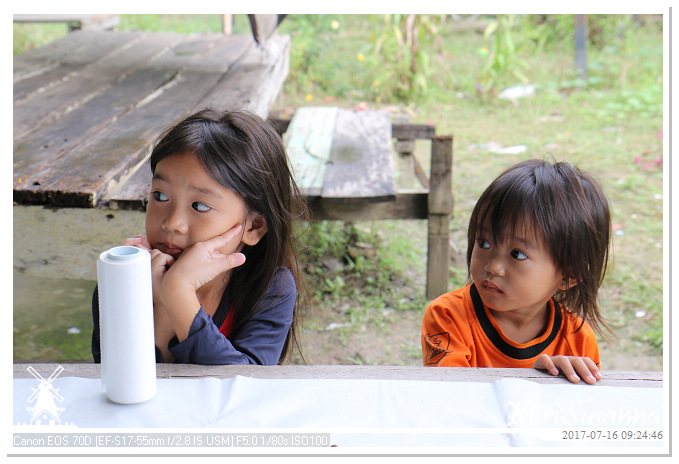
左邊是她的孫女,右邊是她幼女。
Left is her granddaughter, and right is her youngest daughter.

這些籃子看了很喜歡,但想到它的實用性還是罷了。
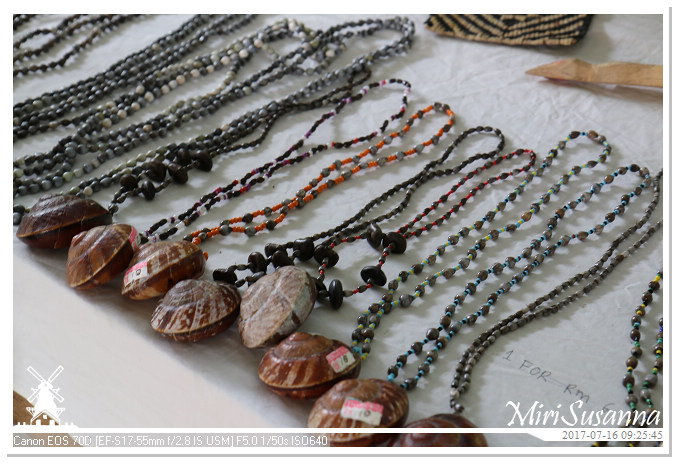
蝸牛殼也是藝術品。

現代長屋。
Modern long houses.

母雞帶小雞。
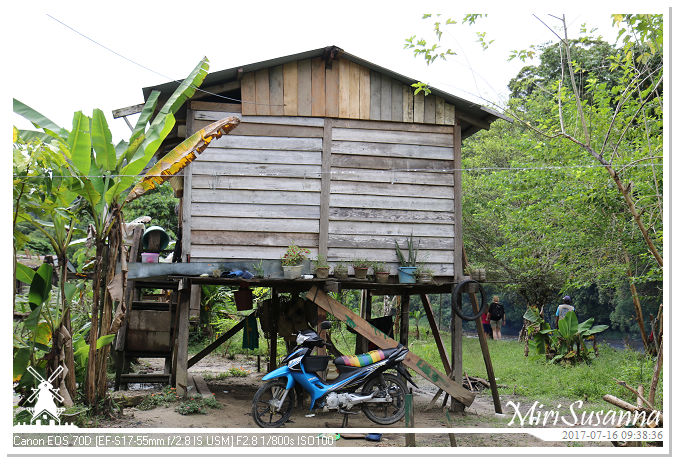

淺灘調頭,Ah Ting也要出手幫忙推船。
Continue our journey to show caves.
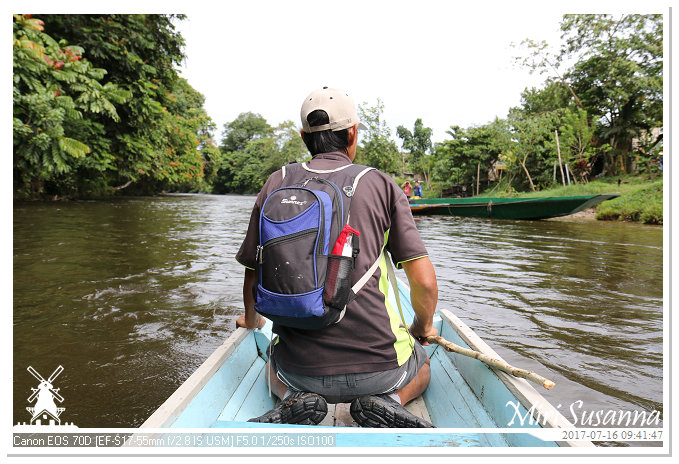
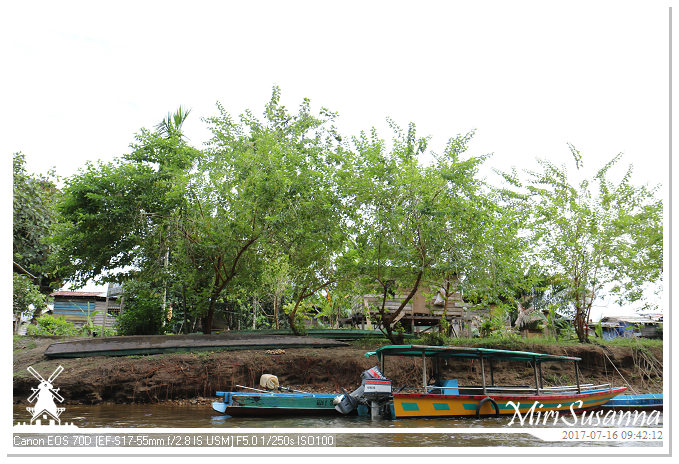
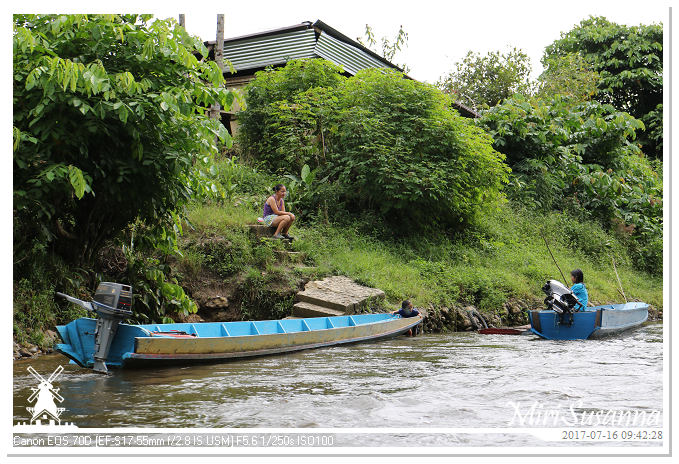
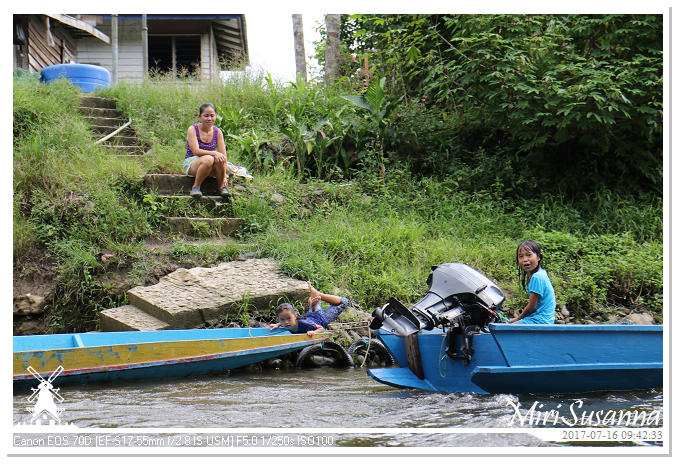
天真無邪的小孩。
Happy children.
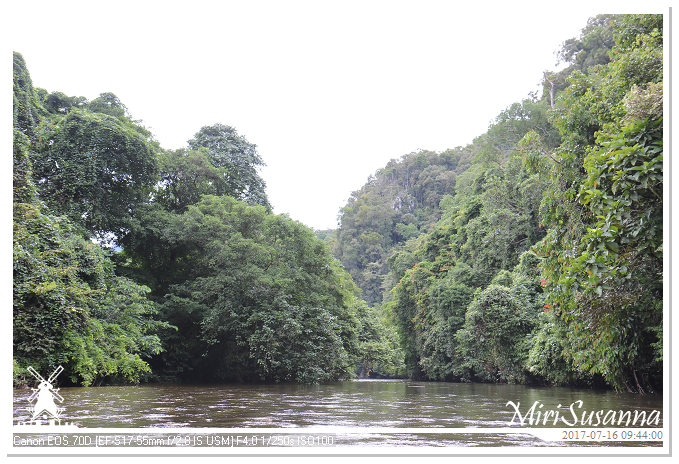
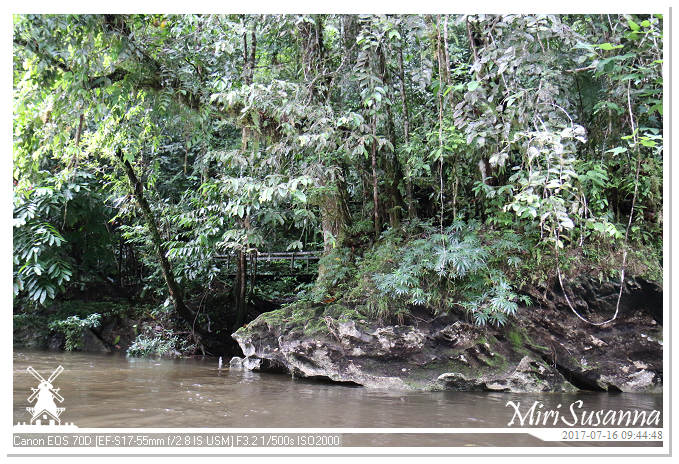
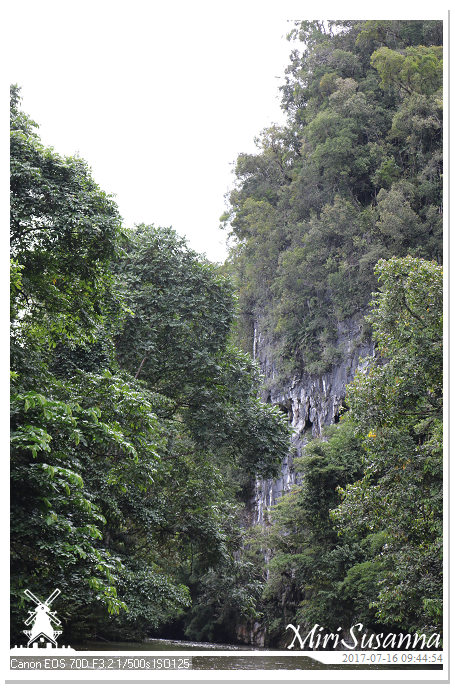
河邊的懸崖峭壁和石洞。
Cliffs and caves in sight.
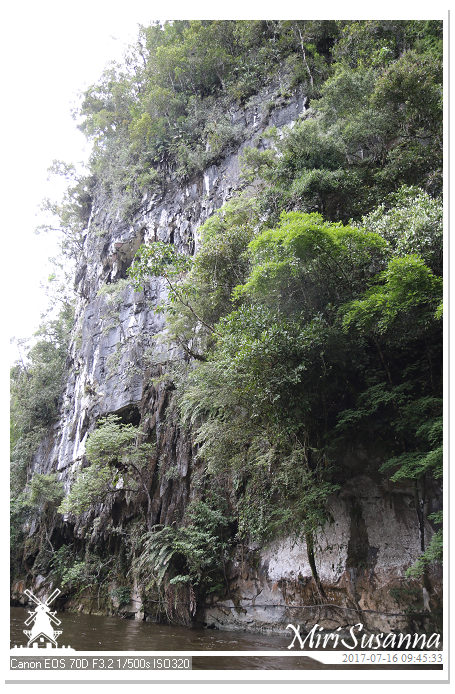

本南人視死亡為不祥之兆,只要家族裡有人離世,就會把死者的遺骸葬在石洞裡,然後馬上搬離該地。
Death is an ominous sign in ancient Penan culture. Once one dead, they put the body in a cave and then moved away from that area immediately.
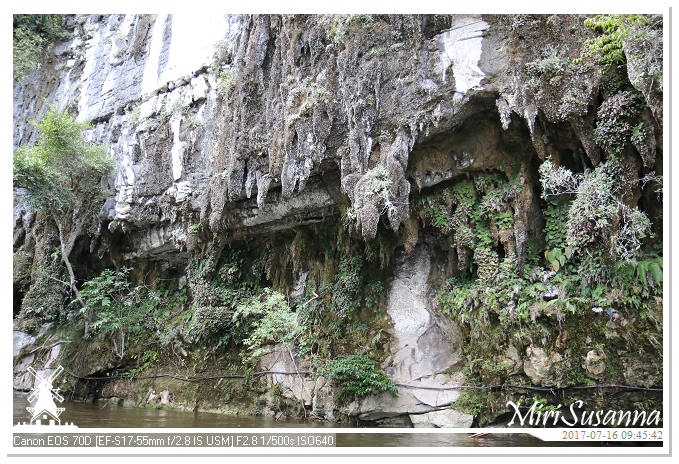
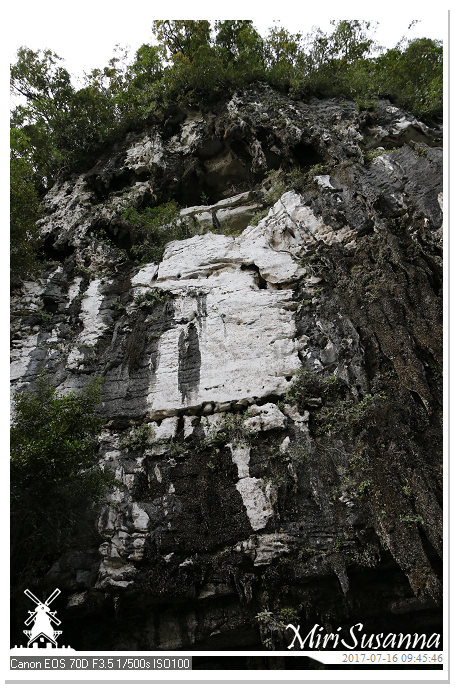

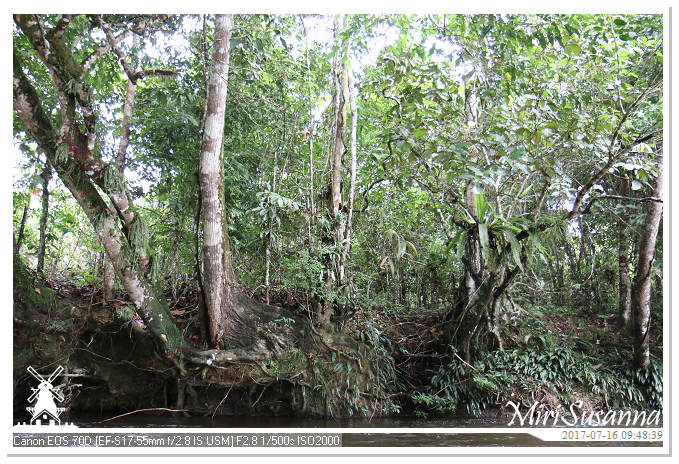
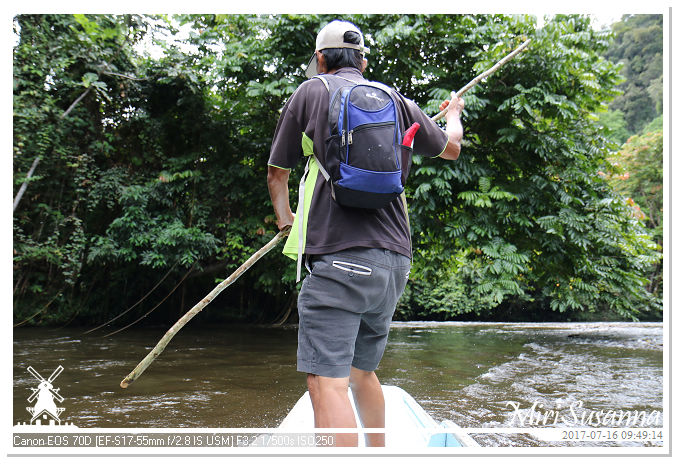
水急的淺灘。
Shoal area.
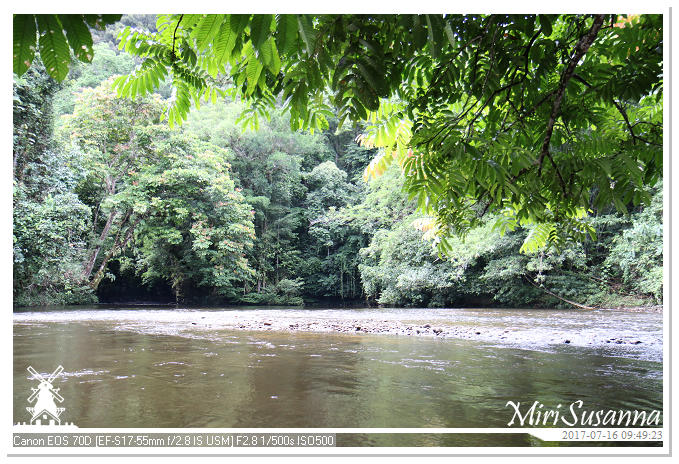

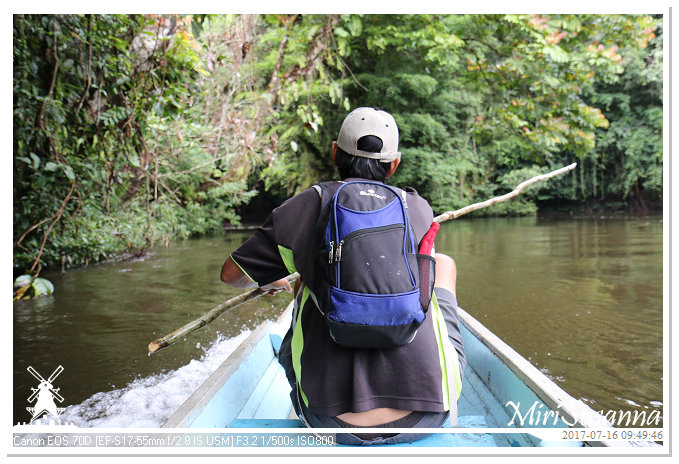

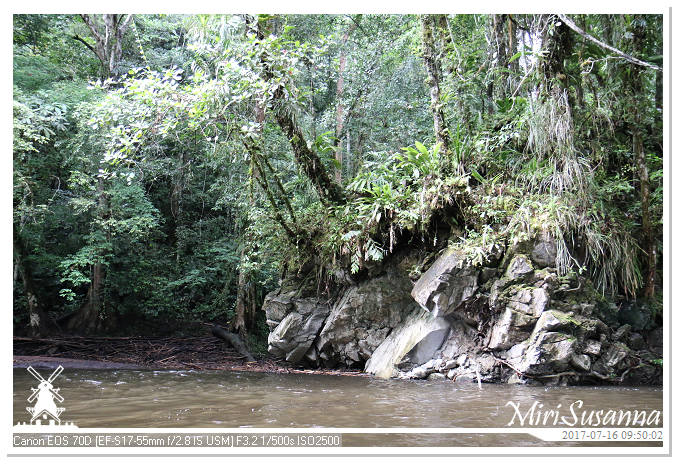

來到風洞的碼頭了。
Arrived jetty at Wind Cave.
~。Next post。~
〔17〕返馬之總匯:
All post of Malaysia 2017:
[catlist name=”〔17〕返馬”]